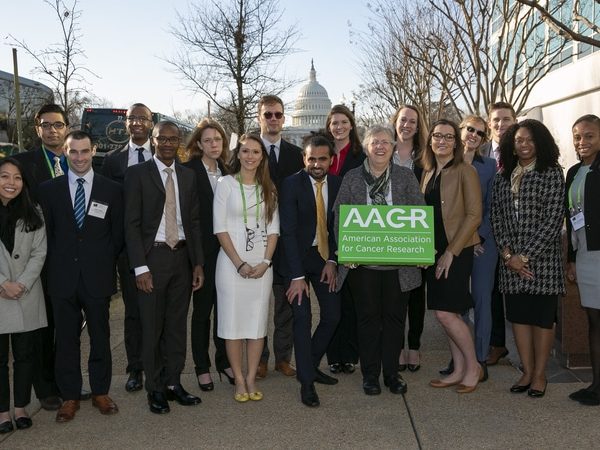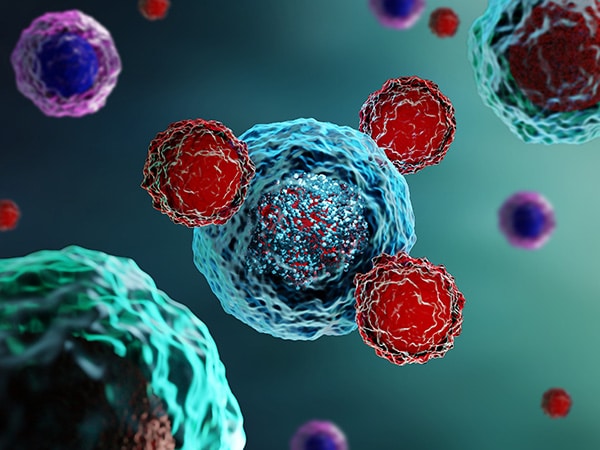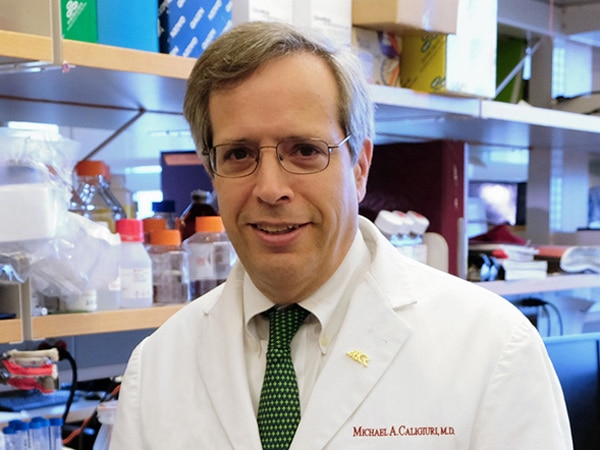Hodgkin Lymphoma

Hodgkin lymphoma in adults is a disease in which cancer cells form in the lymph system, part of the body’s immune system. Because lymph tissue is found throughout the body, Hodgkin lymphoma can begin in almost any part of the body and spread to almost any tissue or organ in the body.
Lymphomas are divided into two general types: Hodgkin lymphoma and non-Hodgkin lymphoma.
Hodgkin lymphoma can occur in both adults and children. Hodgkin lymphoma may also occur in patients who have acquired immunodeficiency syndrome (AIDS); these patients require special treatment.
An estimated 8,570 people will be diagnosed with Hodgkin lymphoma and 910 people will die of the disease in 2024, according to the National Cancer Institute (NCI). The NCI estimates that more than 75 percent of all newly diagnosed patients with adult Hodgkin lymphoma can be cured with chemotherapy and/or radiation therapy. About 89 percent of patient survive at least five years from diagnosis.
There are two main types of Hodgkin lymphoma: classical and nodular lymphocyte-predominant. Most Hodgkin lymphomas are the classical type, which includes four subtypes – nodular sclerosing Hodgkin lymphoma, mixed cellularity Hodgkin lymphoma, lymphocyte-depleted Hodgkin lymphoma, and lymphocyte-rich classical Hodgkin lymphoma.
Risk factors for adult Hodgkin lymphoma include:
- Being in young or late adulthood.
- Being male.
- Being infected with the Epstein-Barr virus.
- Having a first-degree relative – parent, brother, or sister with Hodgkin lymphoma.
Source: National Cancer Institute



